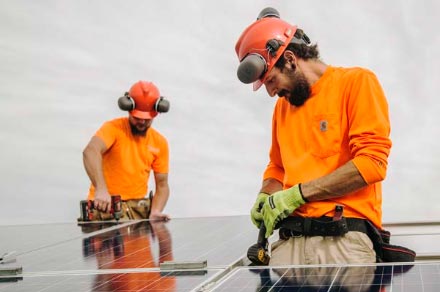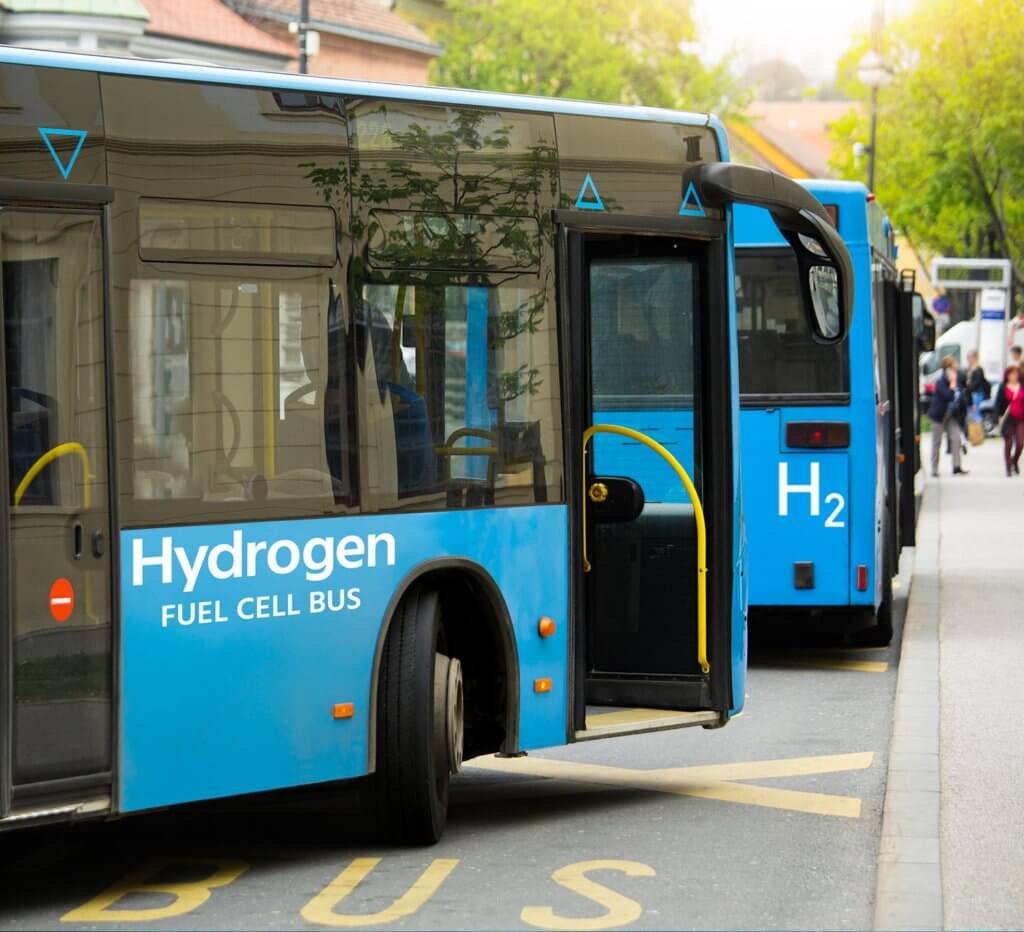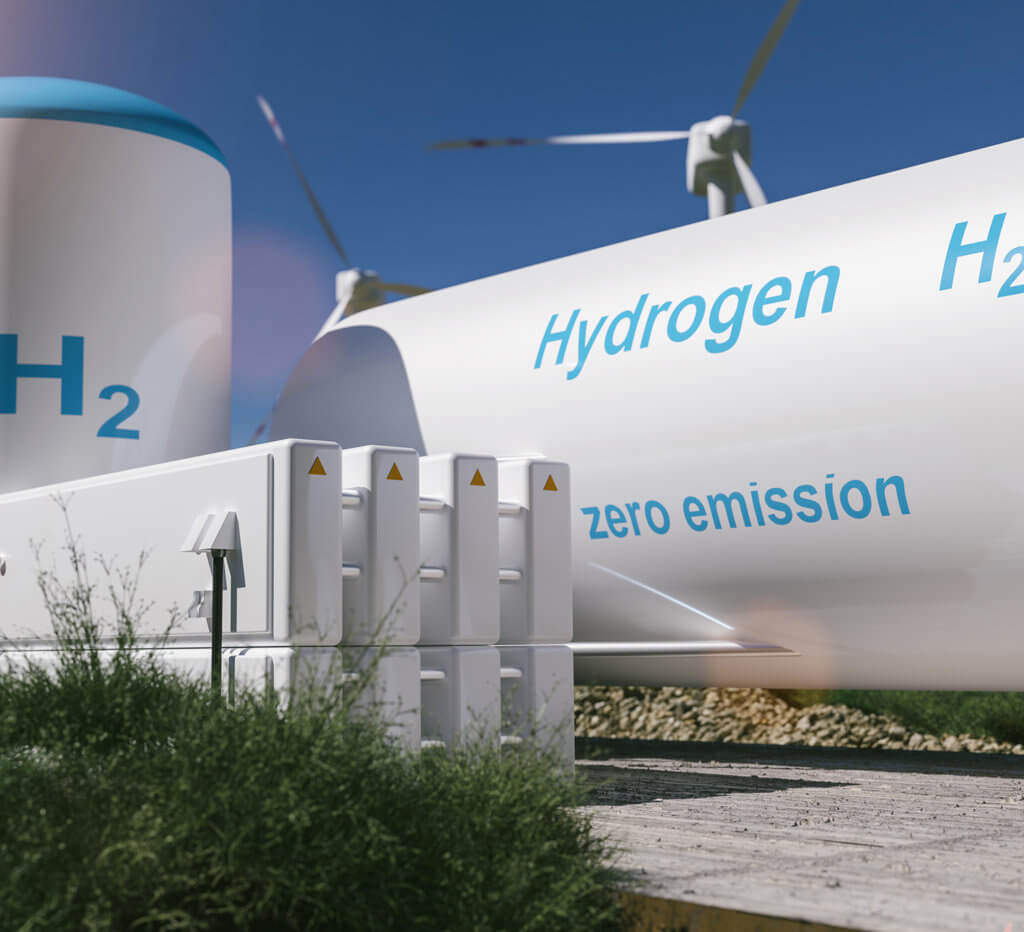Smart companies are acting now to lock in savings
Solar panel prices inched upward during 2021, halting their long-term decline during the last decade. Recently, prices began to climb more steeply and supply tightened. We expect prices to continue to rise into 2022 and possibly beyond. Companies considering a solar project will want to move quickly to lock in savings.
There are three factors influencing the rising price of panels. First, container freight rates from Asia to the U.S. have skyrocketed since the pandemic began. Second, United States Customs and Border Protection (CBP) has detained photovoltaic (PV) module shipments from China originating from a company suspected of participating in a coercive state labor program. Third, concerns over possible future tariffs on PV modules have caused solar firms in the U.S. to stockpile larger than usual quantities of panels, further tightening supply.
Shipping Costs
Container freight rates from Asia to the U.S. have increased dramatically since the pandemic began. Unfortunately, shipping rates have not fallen in spite of the reopening of most global trade. Rates are up more than 4x since this time last year and up almost 10x since fall of 2019. The Freightos FBX01 index, which tracks market rates for 40’ container shipments Asia to the West Coast, is currently trading over $16,000 compared to around $4,000 last fall. This has increased shipping costs of PV modules from $0.02-0.03/watt to $0.07-0.10/watt.
Sanctions
U.S. regulatory action last summer caused a further slowdown in PV module imports. In June, the U.S. banned imports of products using silicon produced by Hoshine, a Chinese company suspected of using forced labor in China’s Uyghur Muslim region of Xinjiang. (China denies these allegations.) According to the Washington Post, CBP found several indications of forced labor at Hoshine. Reuters reports that CBP has detained several PV shipments from China pending proof they did not originate at Hoshine.
Metallurgical silicon is the key ingredient of polysilicon, which is an essential material in most types of solar PV modules and panels. Around 45% of the world’s polysilicon production comes from Xinjiang.
The silicon to polysilicon to PV module supply chain is opaque, which makes it difficult for Chinese polysilicon manufacturers to comply with the import ban. Access to other markets for polysilicon and a reluctance to assist U.S. regulators have also contributed to a reduction in U.S.-bound shipments and an increase in price.
More polysilicon production is coming – it’s just going to take a while. New manufacturing facilities are under construction all over the world. This additional production will increase supply and ease prices once these facilities are online, but that will be early- to mid-2022 at the earliest.
Tariff Uncertainty
The U.S. Department of Commerce is currently considering a new round of tariffs on solar PV modules. The proposed anti-dumping/countervailing tariffs would impact panels assembled in Malaysia, Thailand, and Vietnam made from Chinese components and range from 50 to 250%.
American companies produce less than 8 GW of solar modules annually using imported polysilicon (the U.S. has no domestic silicon solar cell manufacturers). While the U.S. has 30 GW of projected demand for 2022, the remaining 22 GW must be supplied from overseas manufacturers, many of which are located in the affected countries.
Tariffs on Chinese modules and panels were first levied in 2012 under the Obama administration and expanded during the Trump administration. They were meant to address illegal dumping of below-cost modules and panels, often assembled in third-party countries to disguise their origin. The Department of Commerce must also decide if it will extend these existing tariffs, which are set to expire soon, for another four years.
Lock in Savings Before Prices Rise
Polysilicon prices have increased from $6.80/kg in June of 2020 to $30/kg at present. PV module manufacturers have absorbed much of that increase, but module prices are up 14% since January of this year. The Solar Energy Industries Association (SEIA) estimates that overall project costs will increase up to 20% in the near term.
Large amounts of new polysilicon manufacturing capacity have been announced and Korean polysilicon manufacturers driven out of the market in 2018-2019 by below-cost producers may begin to reenter the market soon. However, it may take until 2023 for these sources to fully address current demand. Meanwhile, shipping costs remain high and the supply-demand balance is extremely tight. These factors spell higher prices well into 2022, if not beyond.
When solar module prices were falling fast in the 2010s it sometimes made sense to hold off for a better deal. A nearly 10-fold drop in PV module prices from 2010 to 2017 helped drive a 65.4% reduction in commercial solar project costs, according to the National Renewable Energy Laboratory.
Now that PV module prices are going up, it no longer makes sense to wait – the best move for businesses interested in solar energy is to act decisively.








